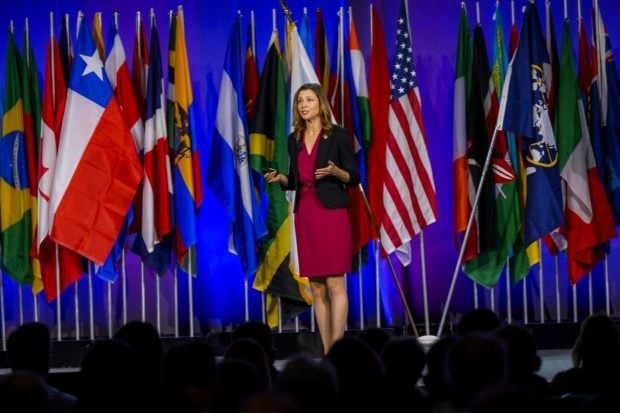Even if you don't work for them any longer, your old employers want you to leave something behind: Your retirement money.
That's according to a report from The Wall Street Journal, which found that employers are increasingly competing for custody of former employees' retirement accounts.
They're actively pursuing those dollars as a means of keeping their own plan costs down — both by enlarging the money pool on which they negotiate fees, and by forestalling a sudden drain of funds from exiting older workers that could undermine their negotiating leverage on those fees.
Recommended For You
But the WSJ also said that employers more broadly are working to improve retirement plans and push employees to save more.
That way, older and more expensive employees (in terms of benefits and salary) can afford to retire, thus making room for younger and cheaper workers.
The WSJ analyzed data from the Federal Reserve's Survey of Consumer Finances and from the Investment Company Institute, and determined that "boomers, now largely in their 50s and 60s, hold about $4 trillion in defined-contribution retirement plans."
Now that boomers are withdrawing retirement funds in ever-increasing amounts as they leave the workplace, it's having a major effect on the balances of the retirement plans they leave behind — something employers hope to stem.
Companies are touting lower fees than a retiree would find in a rollover account; larger balances mean keeping those fees lower for the plan itself as well.
Where once companies sought to push those employee funds out of their plans to lessen the administrative burden, they've now discovered that having the money in the accounts provides more of a benefit — particularly since many companies have pushed off some of the administrative and investment-related costs of their plans to employees anyway.
Investment advisers, of course, aren't happy about the trend, said the WSJ, and are quick to point out to prospective clients that they may not be able to access their money in ways that are convenient or efficient.
And some employers are responding by allowing former employees more flexibility in how and when they withdraw their money — and how much they must take each time.
© 2025 ALM Global, LLC, All Rights Reserved. Request academic re-use from www.copyright.com. All other uses, submit a request to [email protected]. For more information visit Asset & Logo Licensing.







